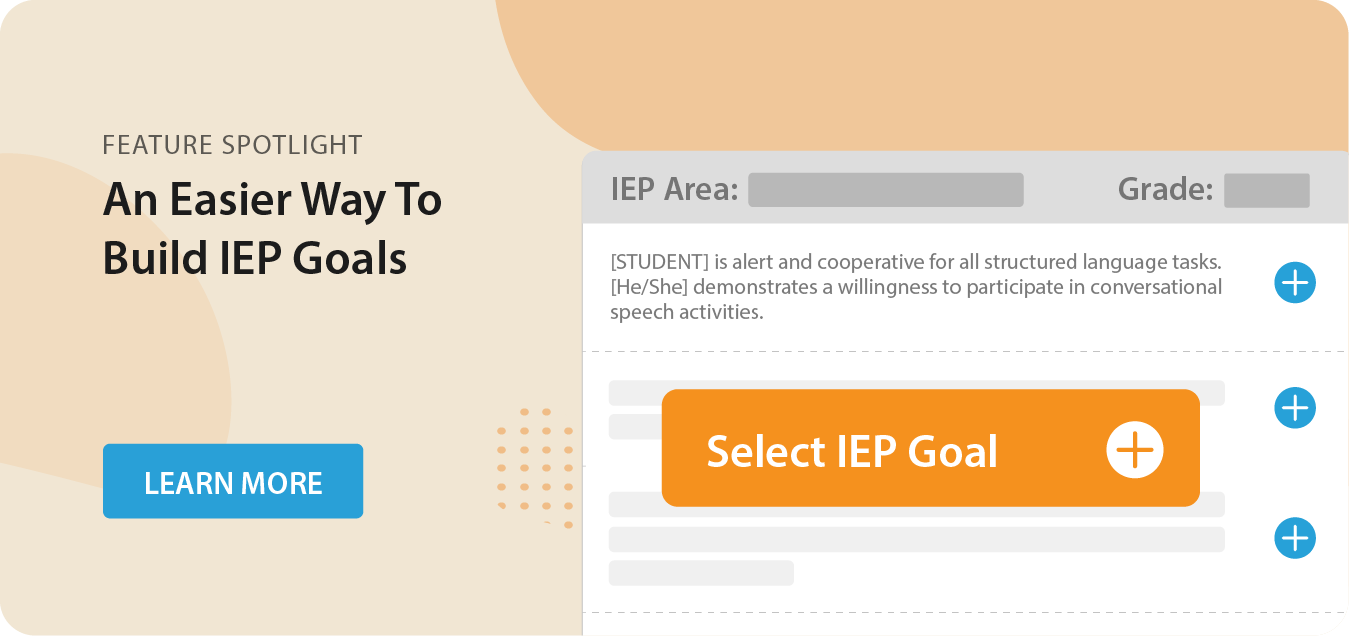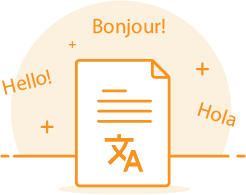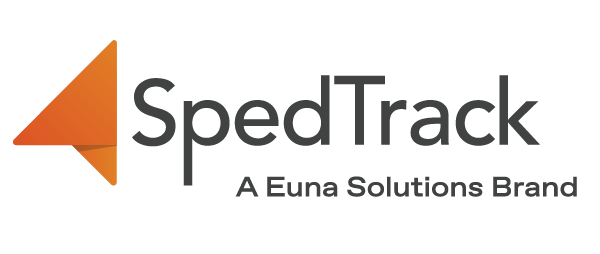What is an IEP?
An Individualized Education Program (IEP) is a written document for students with disabilities. It is a plan for educating a child who needs specially designed instruction, special education, and related services because of a disability.
Each state varies on its specific IEP requirements, but a few components that every IEP should contain are:
- IEP goals, benchmarks, and objectives
- Present Levels of Academic Achievement and Functional Performance (PLAAFP)
- Special education services, including the time, frequency and location
- Least Restrictive Environment (LRE)
- Assistive Technology
To make things easier, we have created 5 example IEPs for you to view from different states. They contain examples of each of the elements listed above, including SMART IEP goals.
Arizona IEP Example
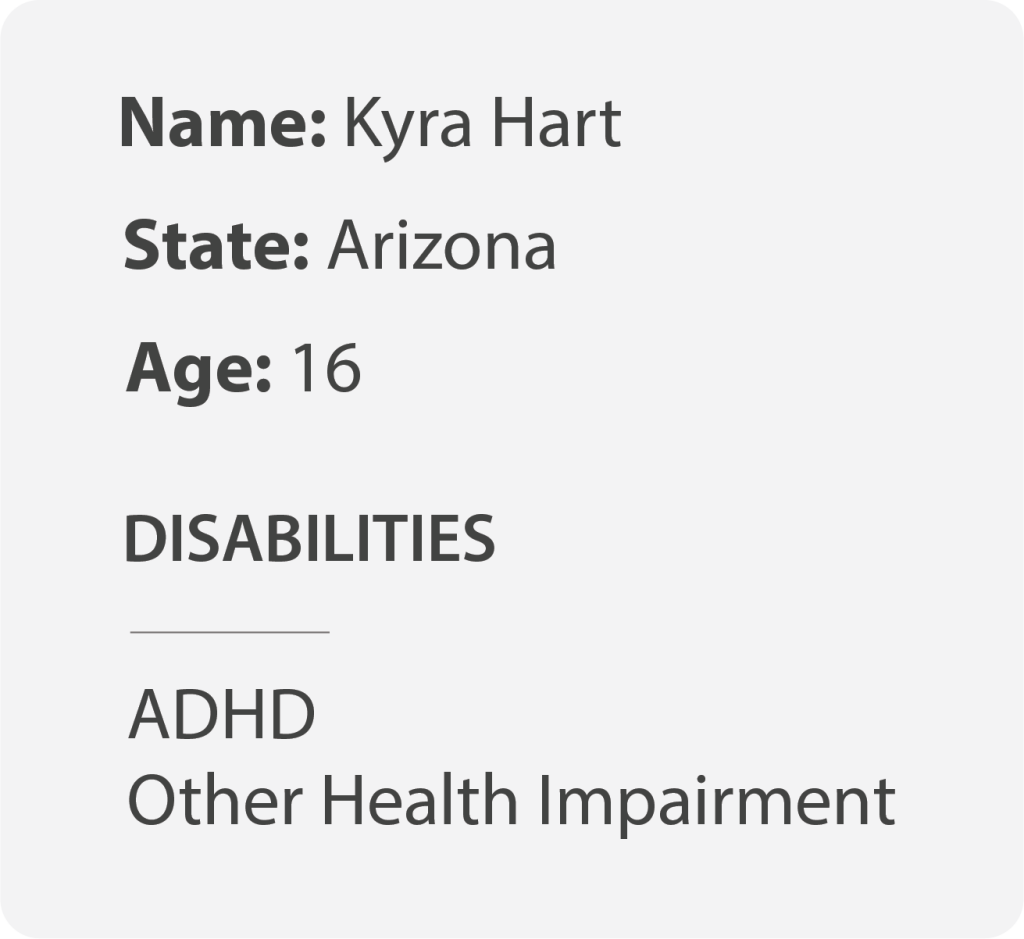
Arizona Department of Education created the following document to aid with writing IEP goals, which is a struggle that many special educators face. IEP goals have to be SMART and meet legal requirements to be compliant. The Measurable Goal Worksheet in Appendix B of the Arizona Technical Assistance System guides special education teachers through the process of writing detailed, descriptive IEP goals for students.
Arkansas IEP Example
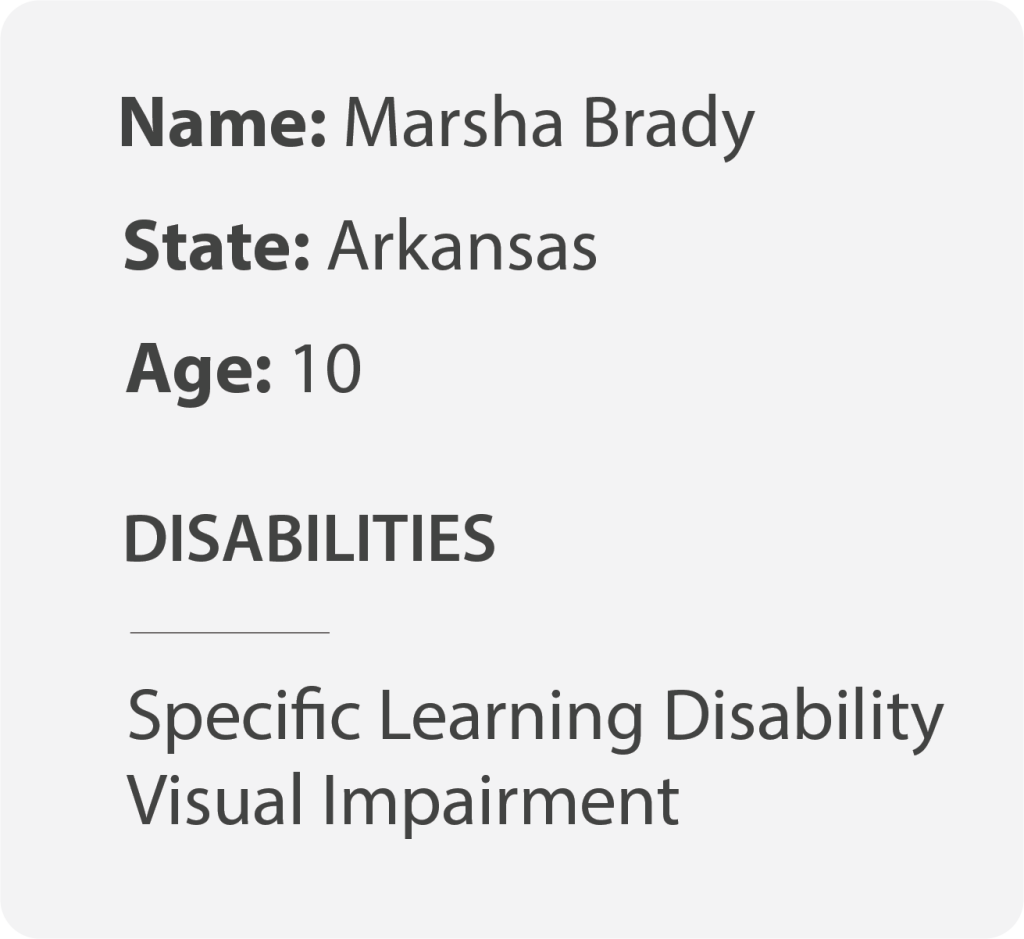
Arkansas IEPs are different because they simplify the section of the IEP that discusses participation in statewide and districtwide assessments. Most states specify what assessments will be conducted and the reasoning behind the decision made for the student within the IEP, but Arkansas simply asks if the student will participate in the overall category of assessments and asks for specific accommodations needed. There is also an area that can outline if a child will participate in the Arkansas Alternate Assessment Program, which is uniquely designed to aid students that need alternative assessments.
Mississippi IEP Example
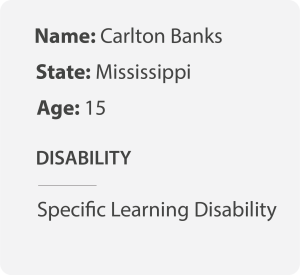
Mississippi IEP signatures differ from most other state IEPs. This IEP does not just require a single signature from each IEP team member, but it outlines specific areas of the IEP to be signed off by certain members. Examples of these sections include parental permission for initial placement, procedural safeguard notice, acknowledgement of state testing, acknowledgement of exit options, and transfer of rights. This allows the IEP team to review all areas of consideration one final time before implementation, and gives opportunity for hesitations to be addressed on specific areas of the IEP before being signed.
Missouri IEP Example
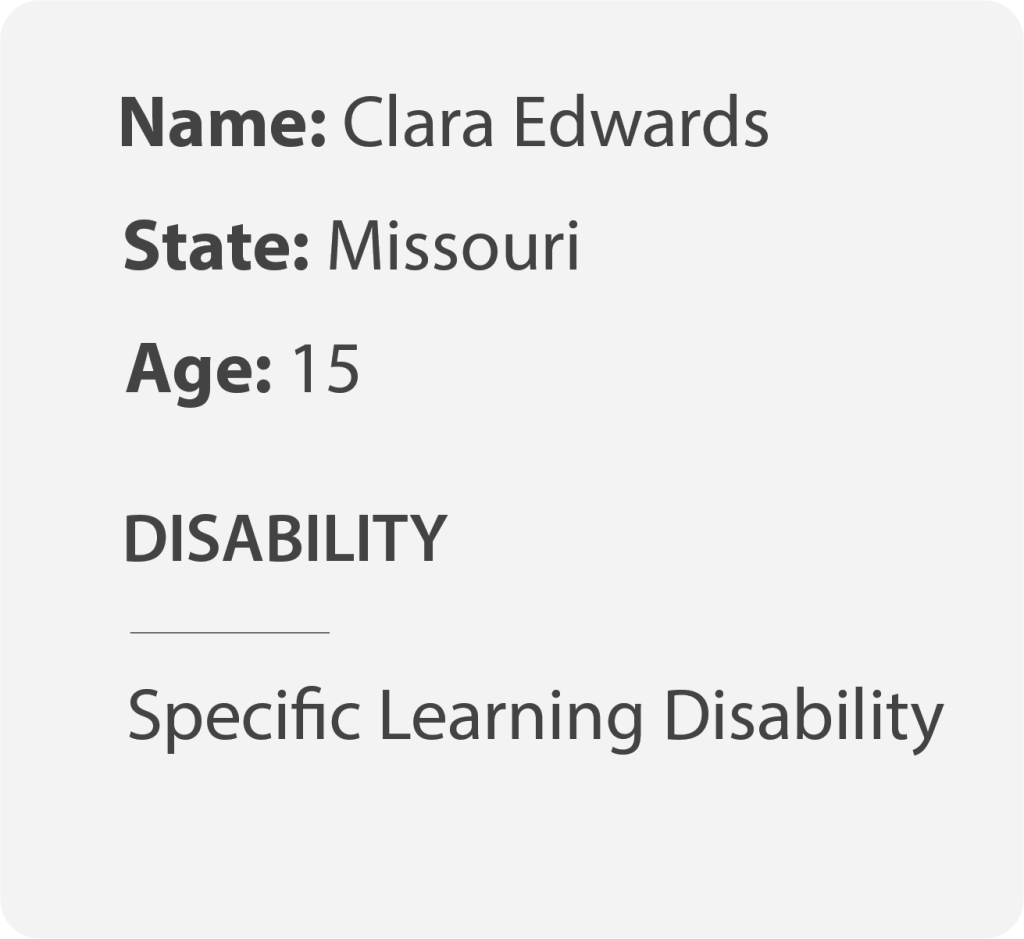
Missouri has specific forms to fill out regarding assessments conducted. Form D is an assessment covering the MAP Grade-Level Assessment and MAP End-of-Course (EOC) Assessments. These forms (also applicable to post-secondary transition plans, district wide assessments, distance learning plans, etc.) can be separately filled out and attached to the student’s IEP. There are also optional goal pages that can be added if they are applicable to the student.
Texas IEP Example
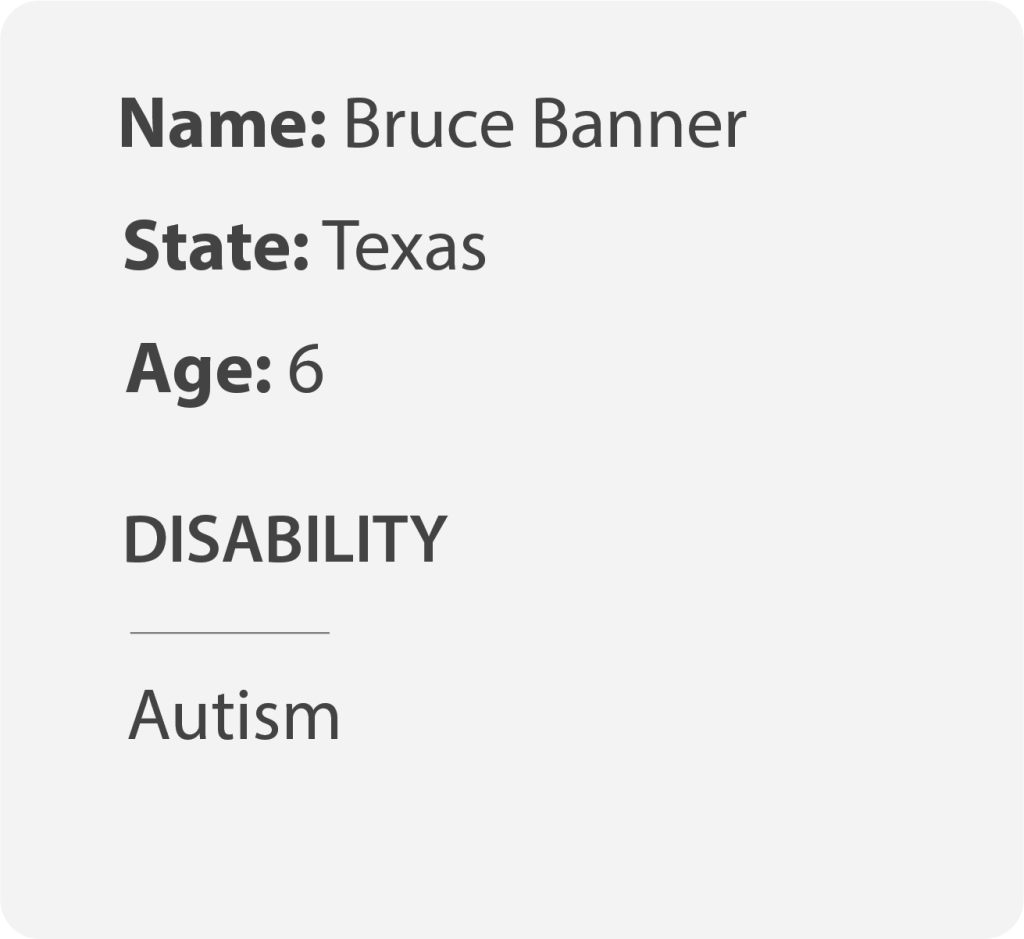
Texas has a unique approach to creating their IEPs, and they actually call them Admission, Review and Dismissal (ARD). The ARD example below includes an ARD Supplement page for Autism Strategies. According to the Texas Education Agency, “in recognition of the unique learning needs of students with autism, Texas regulations… require that eleven specific strategies be considered and addressed, as practicable and as needed, in the IEP.”
The IEP Process
Creating the IEP is just one step in the IEP process.
IEPs require significant attention before and after creation to ensure students are receiving all of the necessary services and accommodations required to give them the maximum educational benefit possible.
The IEP process can be broken down into these 7 steps:
- Referral for special education evaluation
- Evaluating child’s eligibility for special education services
- Scheduling the IEP Meeting
- Developing the initial IEP
- Providing special education and related services
- Monitoring the child’s progress
- Reviewing the child’s IEP and performing reevaluation as needed
Each of these steps is essential for successfully carrying out the IEP process. This promotes students with disabilities to receive a free and appropriate public education (FAPE).
Manage Your IEPs With SpedTrack
These IEPs are up to date as of December 2022. Forms adapt and change over time, which is why it is important to keep up with IEPs through an IEP provider, such as SpedTrack. SpedTrack allows you to write IEPs faster, easily stay in compliance, and save time so that you can get back to your students.
Request a demo today and let us show you how SpedTrack can help you and your team.
